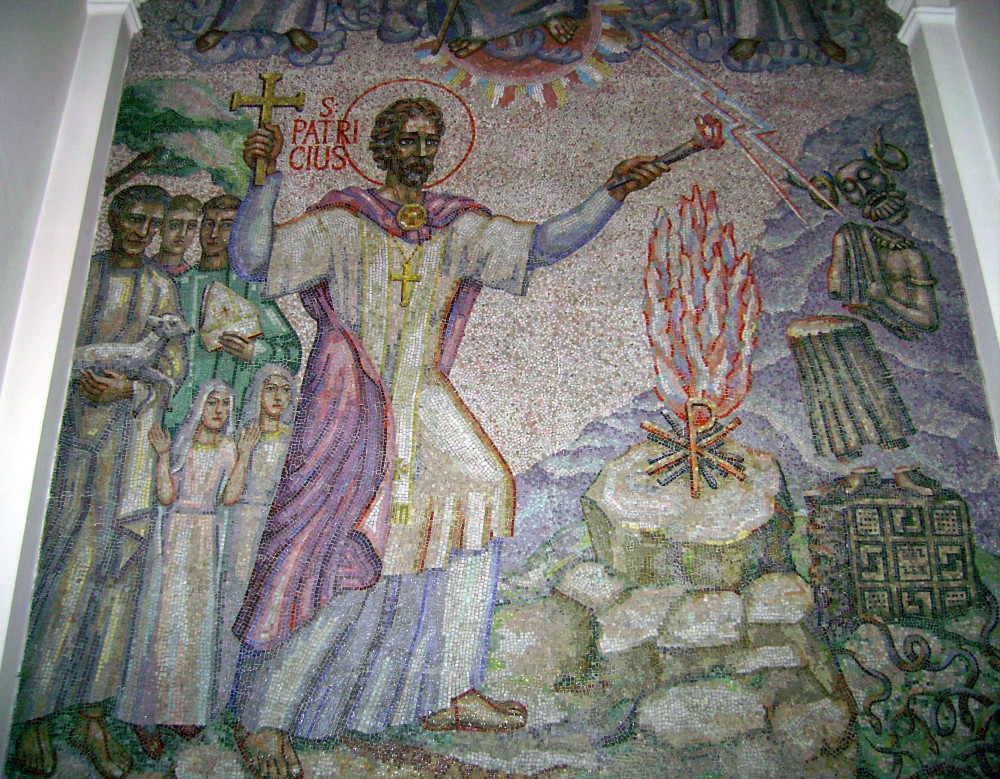How St. Patrick evangelized a violent culture
It is hard to imagine a time or place more opposed to the gospel than fifth-century Ireland.

One morning in AD 401, a young man named Patricius was walking along a beach in western Britain with his family when a fleet of Irish longboats rushed ashore. The warriors crashed onto the beach with braying war horns, terrorizing Patricius and his family as they fled toward town. The warriors demolished the village, discovered Patricius in the ruins, and dragged him aboard a boat bound for the east coast of Ireland. He was sold to an Irish warlord named Miliucc and began living like an animal, spending his days in the wild as a shepherd-slave, terrorized by his master.
In his desperation, Patricius found his nominal Christianity slowly taking on a more substantial form. He began to pray many times a day, and he discovered a rising love and faith in God within his heart. He would stay out in the forests and awaken before daylight to pray in the snow and rain, warmed only by the Spirit of God burning in his heart.
After six years of servitude, Patricius heard a mysterious voice assuring him he would soon return to his homeland. Not long thereafter he heard the same voice say, “Come and see, your ship is waiting for you.” Answering what he deemed to be the call of God, he fled 200 miles across Ireland to a harbor far in the south, where he boarded a ship to Gaul. Upon arrival, he found his way to a monastery, where he studied to become a priest, and ultimately he returned home to Britain. But after many years of faithful service, he heard another voice crying, “We beg you, holy youth . . . come and walk again among us.” Hearing this as a call from God, he rose to answer and served the remainder of his life among the Irish, with whom he had lived as a slave so many years before. Patricius, of course, is better known today as St. Patrick.




